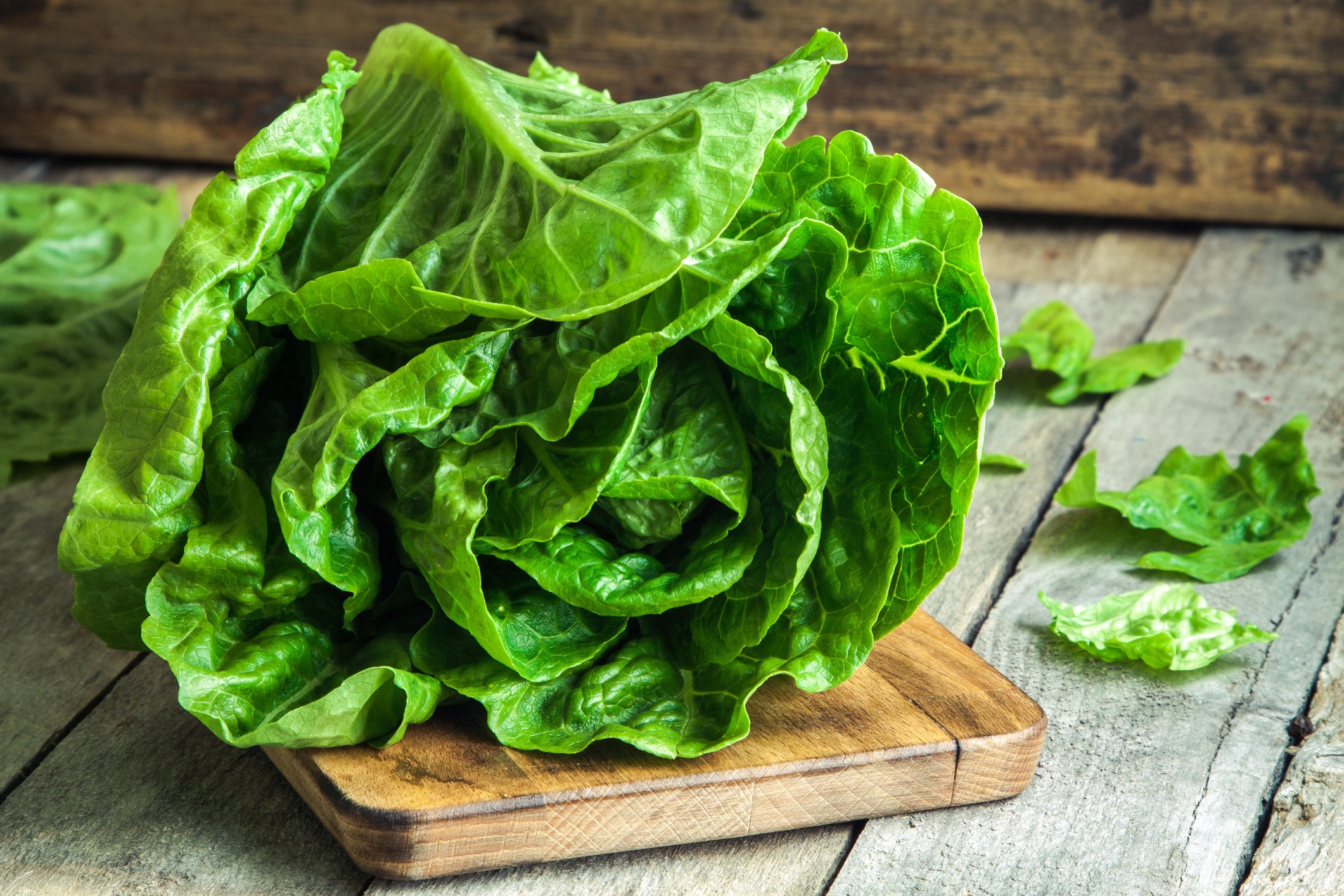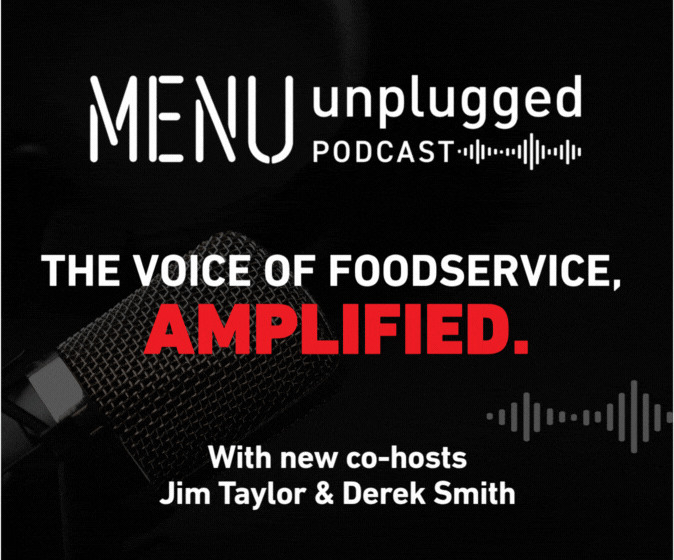The Lettuce Shortage and the Future of Supply Disruptions

If you offer menu items that include green leaf, iceberg or romaine lettuce, you’ve undoubtedly been hit by astronomical costs and low availability, perhaps contemplating whether you should remove these items off the menu completely. The Salinas Valley in California, known as the Salad Bowl that provides more than one half of America’s lettuce (and by extension much of Canada’s), saw unseasonably warm and dry weather stretches this year which made the lettuce plants even more susceptible to disease, affecting growth and quality. This is not the first time the lettuce supply has been hit hard; the last time was in 2020 which saw a third of the Salinas Valley lettuce crop destroyed resulting in USD$100 million loss for farmers. The good news is that Restaurants Canada has heard from experts that the lettuce supply will begin to pick up again in approximately two weeks when lettuce grown in Yuma, Arizona and Imperial Valley, California starts to hit the market, providing some much needed relief.
A 2022 Restaurants Canada report on menu inflation found that supply chain disruptions for food and tools has affected 96 per cent of restaurateurs. Some have responded by raising menu prices – by 5.3 per cent, on average, the report found – others have responded by looking local, relying on a supply with fewer nodes in the chain.
Despite the lettuce respite that is on the horizon, supply disruptions are the new normal. Everything from receiving replacement parts and new equipment on time, to sourcing takeout packaging, and soaring costs associated with inventory and supply chain interruptions have placed enormous strain on operators. Today’s business environment is one of chaos: inflation, the potential for natural disasters, labour shortages and strikes, transport and port bottlenecks, and myriad other factors are omnipresent. The COVID pandemic ensured being agile, pivoting when necessary, and planning for disruption a necessity in ensuring business continuity and some notion of predictability. Keep an eye on the price of commodities and be prepared to make menu substitutions on ingredients that are trending up; maintain close communication with suppliers and have backup suppliers if possible; keep an eye on industry trends and strive to make data-driven decisions that are supported by a holistic understanding of your profit margins. Today, the issue of the day may be the supply of lettuce, but undoubtedly we will continue to see a supply chain system in flux that requires us to persistently monitor and realign with its ebbs and flows.
Resources:
USDA Agricultural Marketing Service


